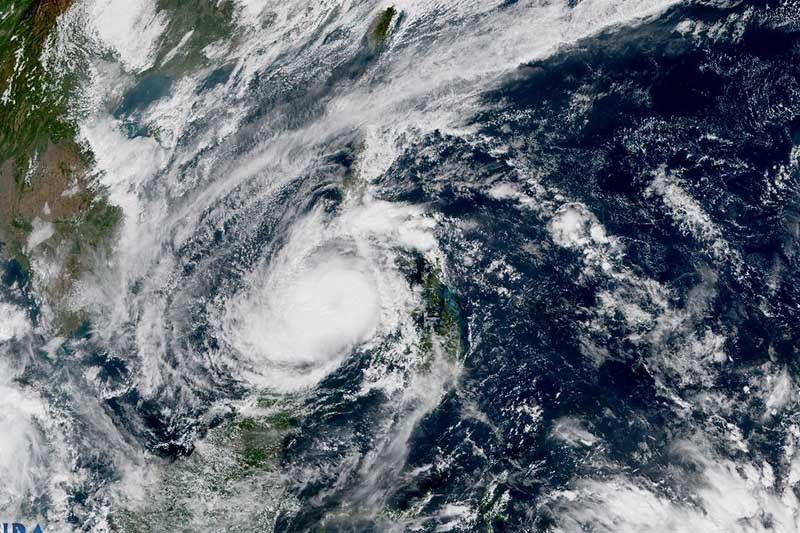ANY BLOW to rice production caused by Typhoon Odette (international name: Rai) was softened by the timing of the storm, which hit the Philippines after much of the previous harvest had been brought in and as the new planting cycle was beginning, the Department of Agriculture (DA) said.
“As we reported, the main wet season is over, and dry season (from 2021-2022) has just started in affected regions,” Assistant Secretary Noel O. Reyes said via chat. “Thus, there was minimal damage on palay (unmilled rice). And we will do ‘quick turnaround’ planting, providing affected farmers free palay seed (worth) P148 million.”
“Therefore, the damage done by Typhoon Odette will not affect much the fourth quarter and over-all 2021 agriculture performance,” he added.
In August, the DA lowered its production growth target to 2% from the initial 2.5% due to the ongoing COVID-19 pandemic. The lockdown took a toll on agricultural production, particularly on the hog and poultry industry.
In the first quarter, agricultural output declined 3.3%, led by livestock and poultry, which offset increased fisheries and crop production.
Agricultural output accounts for about 10% of gross domestic product while farmers represent 25% of the workforce.
The latest estimate for storm damage in the provinces along Typhoon Odette’s track is P333.4 million, affecting 12,750 farmers and fishers across 23,198 hectares of farmland.
Lost production volume was estimated at 19,640 metric tons.
The DA damage reports took in information from Bicol, Western and Central Visayas, Calabarzon, Central Mindanao, Davao, and the Caraga region.
The affected crops included rice, corn, seafood, and other high-value commodities. — Luisa Maria Jacinta C. Jocson
